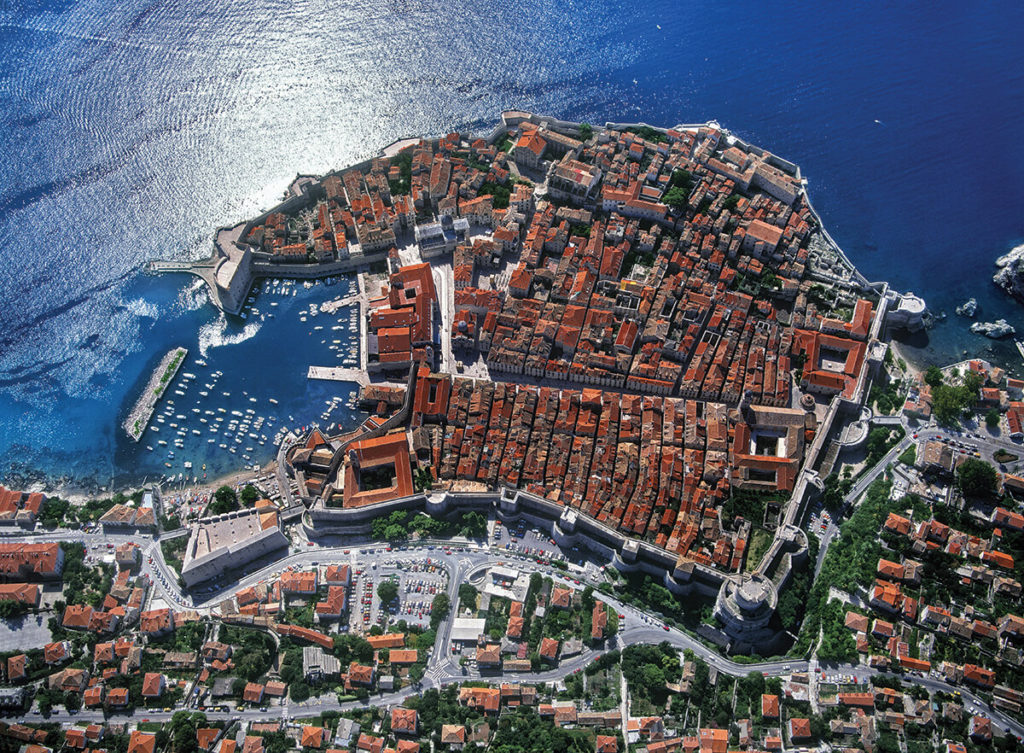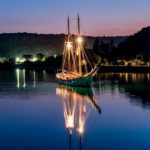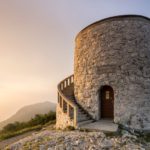More than a thousand years of history have made Dubrovnik a European cultural center. At the beginning, Dubrovnik was just a small community, but soon the town flourished and become the Seat of the independent Dubrovnik Republic. The Republic mastered the art of seafaring and had a fleet, which on the South Adriatic could be compared to Venice on the North. History is present everywhere in this town, which is at the same time a museum and a lively stage displaying a mixture of cultural heritage and contemporary life. Every building and every monument has its unique value.
The historical city is surrounded by monumental wall, 1940 m long, which preserved its original appearance and is open to the visitors as the main attraction of Dubrovnik. Since 1979 Dubrovnik is in UNESCO register as a protected World heritage.

Dubrovnik treasures such a wide range of worthwhile places that making a selection happens to be a perpetual challenge. The inventory of the third old pharmacy in Europe hosts the Museum of the Franciscans (1317). Precise goldsmith’s works from 11th till 19th century you can find in the Treasury of the Cathedral. There is a collection of Dubrovnik School of Art 15th and 16th c. at the Museum of Dominicans. Rector’s Palace hosts an art collection, furniture, porcelain and inventory of the Domus Christy Pharmacy from 1420. Maritime Museum offers the history of Dubrovnik maritime tradition. Among the private galleries, there is a Modern Art Gallery that hosts works of Croatian and international painters.
From then onwards the development of tourism went much faster, and in a more organized way at the beginning of 70’s. The hotels with conference facilities were built on prominent positions. The city’s conference facilities offer more than 8000 seats in Dubrovnik hotels and other conference venues. Five-star hotels, as well as other four-star hotels, will be excellent hosts for your larger or smaller meetings.
Author: http://www.tzdubrovnik.hr/




